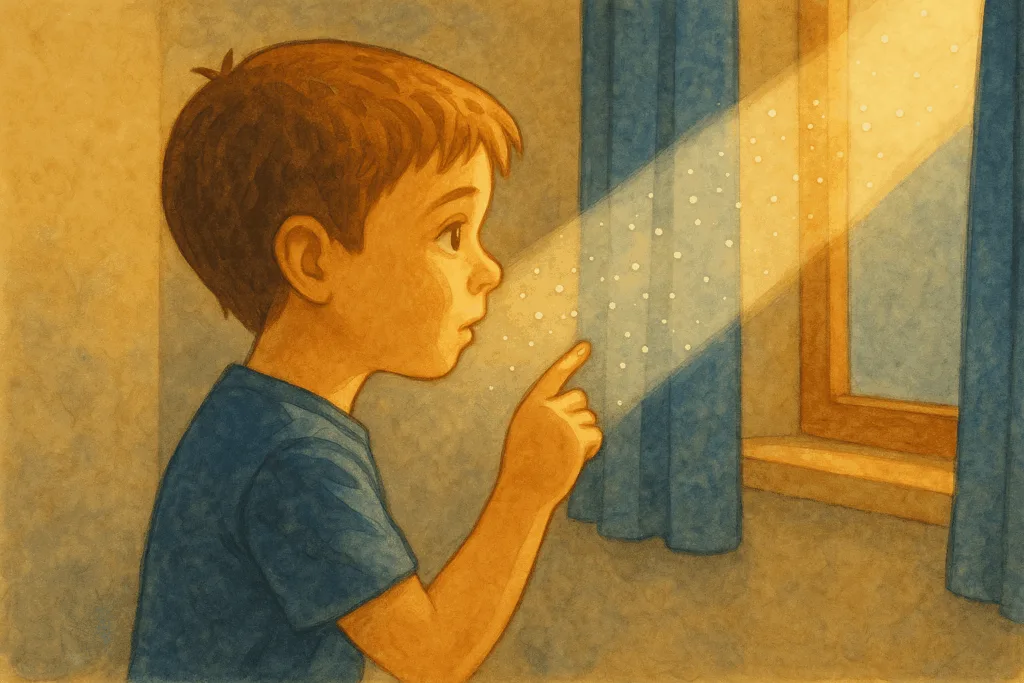
Bipolar Disorder: Understanding it and Living with it
After having explored autism in detail in my previous articles, it is now time to talk about my bipolar episodes,…

After having explored autism in detail in my previous articles, it is now time to talk about my bipolar episodes,…

One of my oldest memories is watching tiny floating dust particles in the light of my bedroom window. That sight…
To begin my series of articles on bipolar disorder episodes, I thought about presenting them to you in chronological order, reflecting their cycle. Hypomania is the first euphoric (or irritable) phase of this condition. It sometimes progresses either into mania (in bipolar disorder type I) or into depression. Hypomania — which can manifest in two drastically different ways — is what we’ll focus on in this article. I’ve experienced a large number of hypomanic episodes that turned me into a production machine, a walking factory.
Read MoreNeurodiversity is the idea that our differences in cognitive functioning are part of human diversity. A concept that may seem simple, yet carries a profound shift: recognising that autism, ADHD, dys conditions and many other profiles are not anomalies to fix, but natural variations of life.
Read MoreIt’s now been two weeks since I came back from my trip to Cambodia with my group of friends. In the previous installment, I slightly veered off course, diving into social reflections sparked by a healthy dose of well-timed (or poorly timed) humor. All of it stemmed from one simple context: a trip that left almost no room for privacy. We did everything together. Today, it’s time to take a step back and look at this strange, chaotic, unforgettable vacation.
Read MoreOver the years, I’ve collected a whole range of quirks — the kind that never show up in diagnostic manuals, yet quietly shape my everyday life. They’ve become part of how I make sense of my autism, and in a way, they’ve even helped confirm that the diagnosis fits. So here starts this series: small autistic misadventures, sometimes ridiculous, sometimes funny, always distinctly mine. I call them my autisticisms — a word I came up with to name these wonderfully awkward, unmistakably autistic oddities… the ones that make me smile (and occasionally other people too).
Read MoreAfter having explored autism in detail in my previous articles, it is now time to talk about my bipolar episodes, following the chronological order in which my cycles evolve. When people think of bipolar disorder, they often imagine someone who is sometimes sad, sometimes happy — someone who simply has mood swings (the definition of a “moody” person, essentially). The reality is far more complex. With bipolar disorder, a person oscillates between euphoric episodes and depressive ones. It is a very serious disorder that requires regular medical care to allow the affected person to function.
Read More5 to 8% of autistic people are believed to be affected by bipolar disorder, and yet, this association between the two conditions is rarely mentioned in the literature. When you type “autism and bipolar disorder” into Google, finding a personal account can feel like a challenge. A few years ago, I took part in a podcast on this topic, sharing an experience that was almost unique—especially in France. The idea of a blog exploring both subjects in detail slowly began to form a few weeks ago. A few days later, the project was underway.
Read MoreThis blog is not intended to talk only about autism. From the beginning, when the idea for this project emerged, I hoped to provide a rare and in-depth testimony about two of my conditions: autism and bipolar disorder. Why rare? Simply because I noticed how drastically the literature lacks first-person accounts from people living with both conditions, even though this comorbidity is actually quite common — with bipolar disorder being even more frequent among autistic people than allistic individuals. And in-depth, because I intended to share my experience honestly and without filter through a long series of articles detailing what it means to live with both conditions.
Read MoreAutistic burnout, in a few words, feels like a long-term complete shutdown. It often follows sensory, emotional, or cognitive overload and usually results from extreme compensation (social masking) that has pushed the autistic person beyond their tolerance threshold. Masking is a constant daily effort, activated the moment the person is interacting or exposed in public.
Read MoreIf shutdown is the implosion, meltdown is the explosion. A visible, loud, and often misunderstood crisis. The stereotype of the autistic person banging their head against a wall is common. For many autistic individuals, this is a real experience — but it is not universal. Still, many autistic people experience these crises to varying degrees and frequencies. A meltdown generates an intense emotional discharge that can leave the autistic person completely drained of energy. After discussing autistic crises more broadly, this article focuses specifically on meltdowns.
Read MoreAutistic crises are an integral part of life for many autistic people. After discussing them broadly in a previous article, it’s important to describe them in detail, starting with shutdowns, often described as autistic collapse or social withdrawal. A shutdown is also defined as autistic withdrawal, an involuntary response triggered by sensory or emotional overload. Yet the reality goes far beyond simple withdrawal — it is a neurological reaction in autistic individuals, designed to short-circuit an overload the brain perceives as danger.
Read More